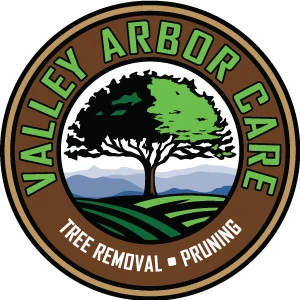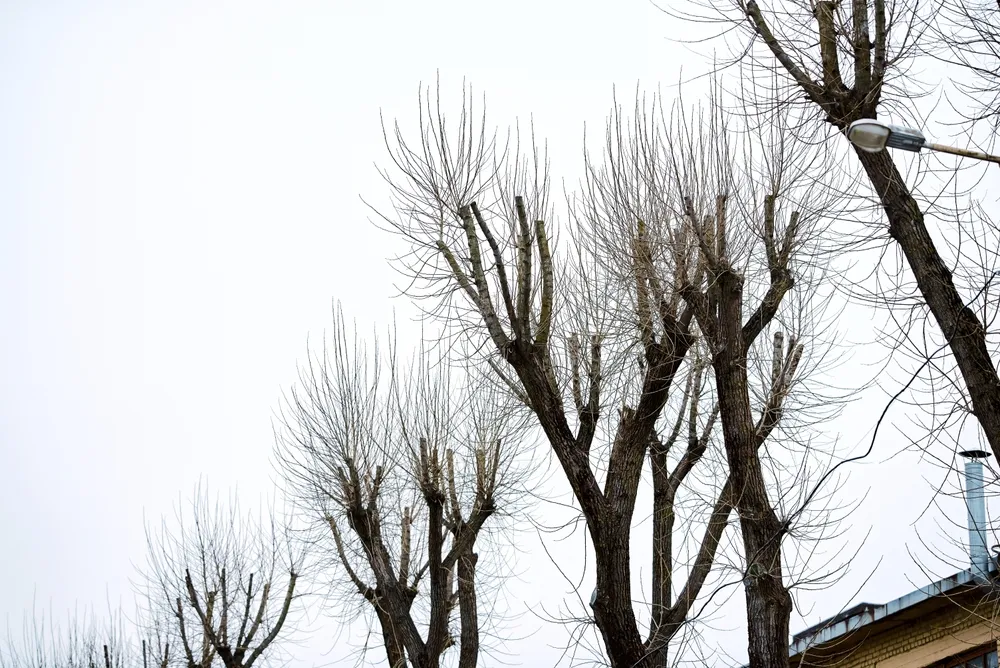When it comes to managing the size and shape of trees, homeowners and property managers are often faced with the decision of hiring a tree trimming service for tree topping or crown reduction. While both methods aim to control tree height and their spread, they are vastly different in terms of their impact on tree health and longevity. Understanding why tree topping is a harmful practice and why crown reduction is the superior alternative can help you make the right decision for your landscape.
What is Tree Topping?
Tree topping involves hiring a tree trim service cutting back large branches to stubs or lateral branches that are not large enough to assume a terminal role. This practice drastically reduces the tree’s size in an effort to control its height. On the surface, tree topping may seem like a quick solution to managing a tree that has become too big for its space. The consequences of topping, however, can be devastating for trees.
- After a tree is topped, it responds by rapidly producing new shoots from the cut sites. These shoots are weakly attached and prone to breaking, which can lead to more damage during storms or high winds. The weak growth makes the tree more hazardous than before topping.
- The large wounds left by the topping do not heal properly, making the tree vulnerable to decay and disease. The open wounds provide easy access for pathogens and pests, which can lead to severe health issues and the eventual death of the tree.
- Topping severely disrupts the tree’s natural growth process, often leading to shorter lifespans. A topped tree will require more frequent maintenance as it tries to recover, which can be costly and time-consuming.
- Topped trees often lose their natural shape and beauty, resulting in a disfigured appearance. The rapid and irregular growth that follows topping can make the tree look unsightly and diminish your landscape’s value.
What is Crown Reduction?
Crown reduction, on the other hand, is a pruning technique that reduces tree size by selectively removing branches. This maintains the tree’s natural structure and form. This method focuses on shortening the length of the branches rather than drastically cutting them back to stubs.
- Crown reduction minimizes tree stress by removing smaller, targeted branches. This reduces the risk of disease and decay, helping the tree stay healthy and thrive in the long run.
- By selective pruning, crown reduction maintains the tree’s natural shape and strengthens its structure. This method reduces the risk of branch failure and keeps the tree stable, even in severe weather conditions.
- Crown reduction allows the tree to retain its natural beauty and form. This technique avoids the unsightly appearance of topping, ensuring your landscape remains attractive and well-maintained.
- Unlike topping, which forces a tree into a cycle of rapid and weak regrowth, crown reduction supports healthy, sustainable growth. This approach encourages a tree to develop strong, well-spaced branches that can thrive for years to come.
Make the Right Choice for Your Trees: Trust Valley Arbor Care
When it comes to tree care, the choice is clear: crown reduction is a thoughtful approach that preserves your trees’ health, structure, and beauty, while tree topping can cause long-term damage.
Ready to give your trees the care they deserve? Contact Valley Arbor Care today! Our expert team specializes in crown reduction and will work with you to maintain your landscape’s vitality and beauty. Don’t risk your trees’ health with improper techniques – let Valley Arbor Care provide professional, reliable service that prioritizes your trees’ well-being. Call us now to schedule a consultation and ensure your trees thrive for years to come!


Add Comment